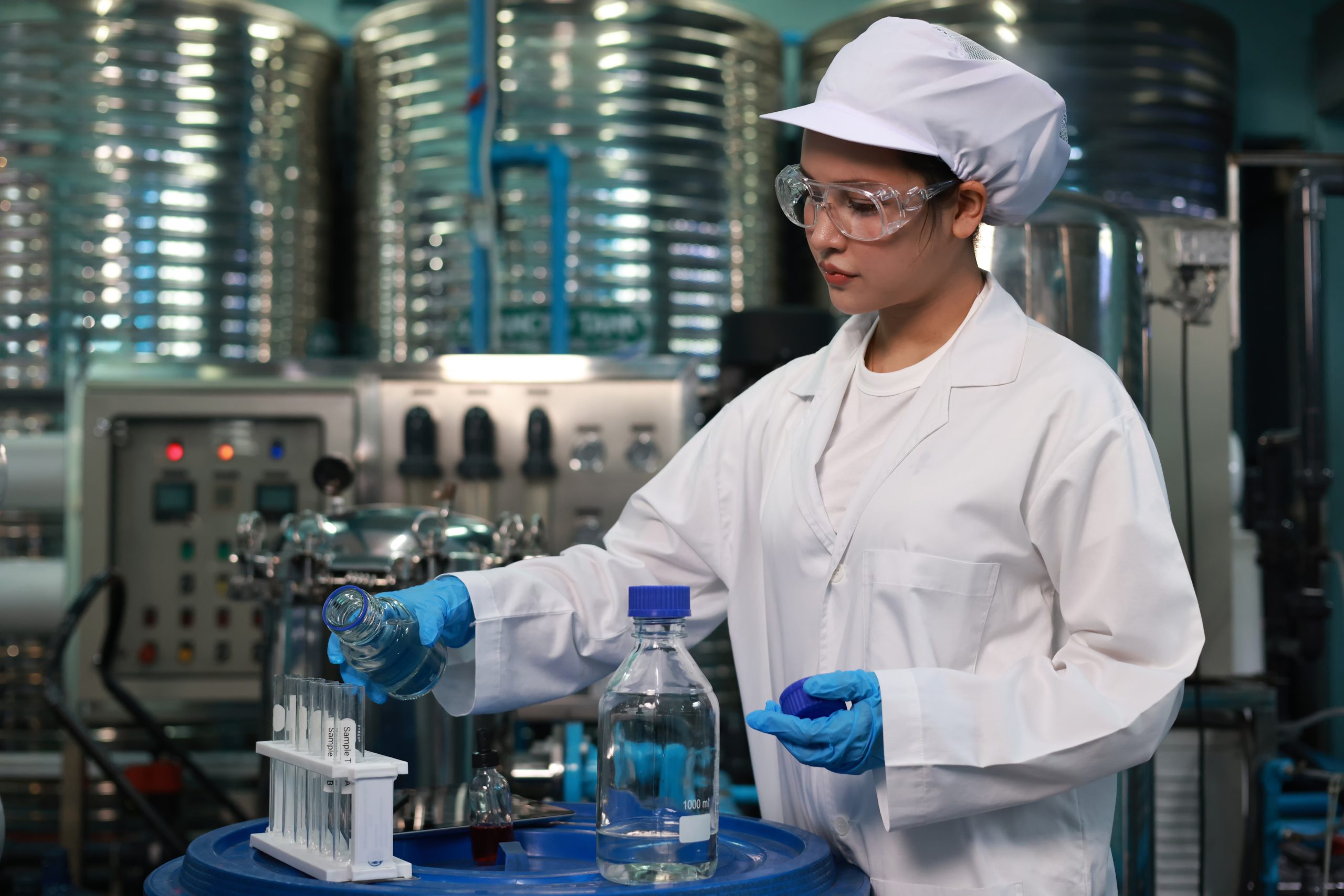When we talk about chemicals and toxins, we often imagine black smoke released by industries or spills into our rivers, but there are chemicals and toxins that we ourselves bring into our homes, sometimes without knowing, and other times because we believe that we have no choice.
There are 8 toxins that have significant adverse effects on our health that we inhale that come from our cleaning products. Here are the 8 toxins:
- Phthalates are found in artificial air fresheners, detergents and soaps. They are often mislabeled as “perfume” or “artificial aroma.” Phthalates disrupt the endocrine system (reproductive). They are absorbed through the skin and settle directly in our organs.
The best option to avoid phthalates is to choose organic products without perfume or totally natural scent. Another good plan is to fill your indoor environment with plants that naturally detoxify the environment.
- PERC (perchloroethylene). PERC (perchloroethylene) is found in dry cleaning solutions, stain removers and carpet and upholstery cleaners. PERC (perchloroethylene) is a neurotoxin and is also classified as “possible carcinogen.” We inhale PERC (perchloroethylene) as it off gasses from our “clean” clothes.
To avoid PERC (perchloroethylene) always the laundry if they use PERC or not. At home, to remove stains using one of the many natural techniques such as: baking soda, vinegar, sparkling water, etc.
- Triclosan. Triclosan is found in products labeled as “antibacterial.” Triclosan is an aggressive agent that promotes growth of drug-resistant bacteria. It also indiscriminately kills good bacteria that are necessary for us to live. Triclosan eventually ends up in rivers and streams and harms aquatic life.
A better option is to use natural detergents and soaps. If you need to disinfect your hands, use an alcohol-based disinfectant.
- Quaternary ammoniums. Quaternary ammoniums are found in fabric softeners and many antibacterial cleaners. Quaternary ammoniums acts similar to triclosan and lead to bacteria which are resist to antibiotics. It also irritates the skin causing dermatitis and is suspected of causing respiratory problems.
A healthier option is to understand that softeners are not necessary and a good substitute are wool and/or plastic balls that are placed inside the dryer with the clothes, believe me the clothes come out soft.
- 2-Butoxyethanol. 2-Butoxyethanol is found in all-purpose cleaners. 2-Butoxyethanol is characterized by its sweet smell and is most commonly found in window cleaners. According to the EPA, if used in confined spaces, it can cause a sore throat, contribute to severe pulmonary and hepatic edema, and kidney damage.
A healthier option is to clean mirrors and windows with diluted vinegar.
- Ammonia. Ammonia is found in bathroom cleaning products and jewelry and glass cleaners. Ammonia is a stimulant that affects asthmatics and people with lung and respiratory problems. It is linked chronic bronchitis. If ammonia mixes with bleach, it becomes a poisonous gas.
A healthier option is to use vodka for cleaning and polishing metal fixtures, toothpaste for silver, and diluted vinegar for fixtures, tile, and glass.
- Chlorine is found in bleach, abrasive powders, toilet bowl cleaners, and even tap water. We are constantly exposed to chlorine. Chlorine is listed as a dangerous substance by the US EPA. Chlorine is linked to chronic health problems, cancer and is a serious thyroid disruptor.
A healthier option is to use VINEGAR, baking soda and powdered borax. Remove chlorine from your tap water with a quality water filter (link to Carico filter).
- Sodium hydroxide. Sodium hydroxide is found in oven cleaners and drain opener. Sodium hydroxide extremely corrosive and even slight contact with our skin or eyes can cause severe burns. Inhalation causes a severe sore throat that can last for several days.
A healthier option is to clean the oven with vinegar and baking soda paste. And to unclog pipes, a formula of baking soda + vinegar + boiling water works very well.
Always inspect what you are buying to keep your home “clean.” Look for products that do not have these dangerous toxins. Take care to use products that do not trigger allergic reactions to our loved ones. Understand that all these toxins end up in our body and damage our internal organs.
You do not need to throw away all your cleaning products overnight. Instead raise your awareness to the presence of these toxins. Look for alternatives and make changes over time to ensure that you and your family breathe toxin free air
Finally, you should also use a quality air filter that is specifically designed to remove these toxins, such as the line pf Carico air purifiers. These units contain 6 (Compact) or 10 ( Deluxe) purification stages, including one stage designed to remove these dangerous toxins. They also remove dust, particles, pollen, chemicals, toxins, bacteria and virus from your air.




